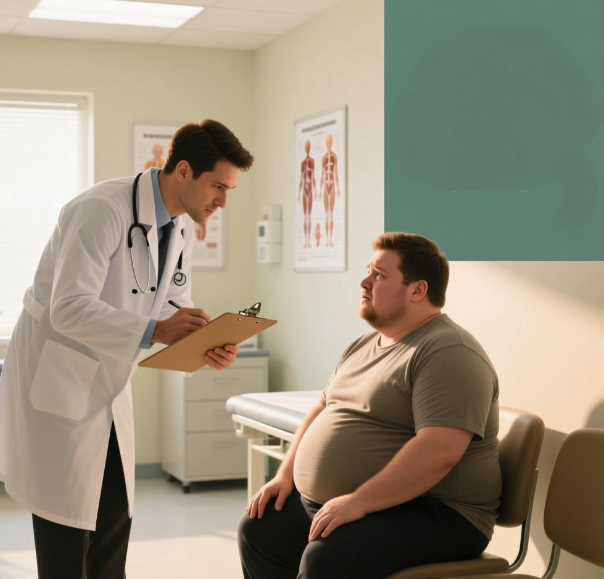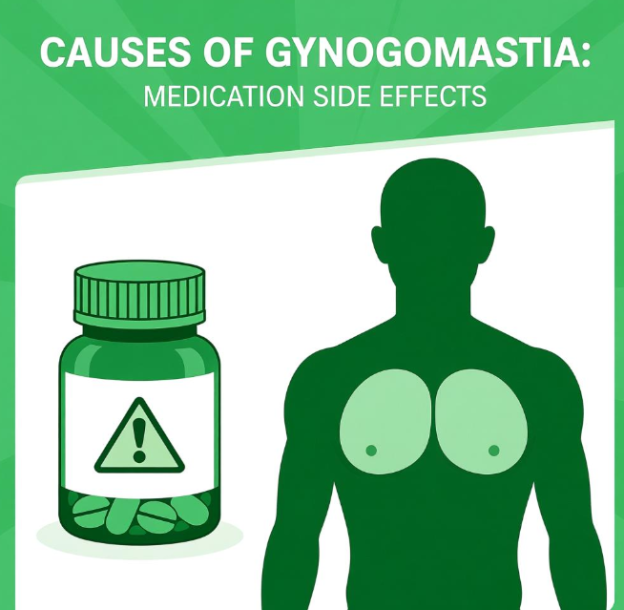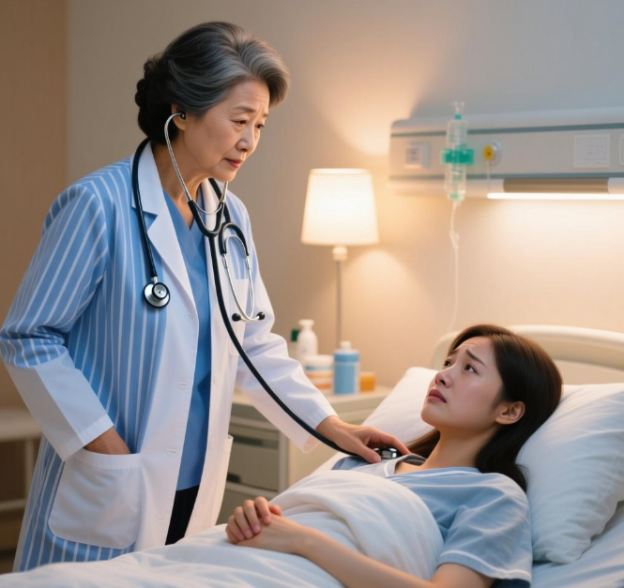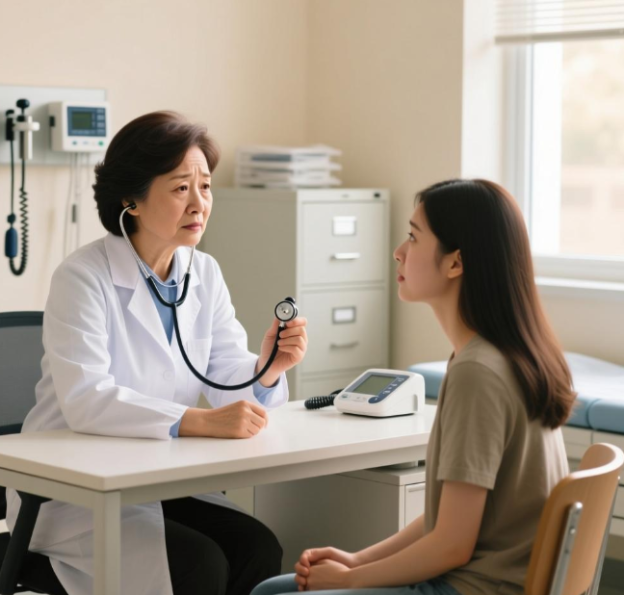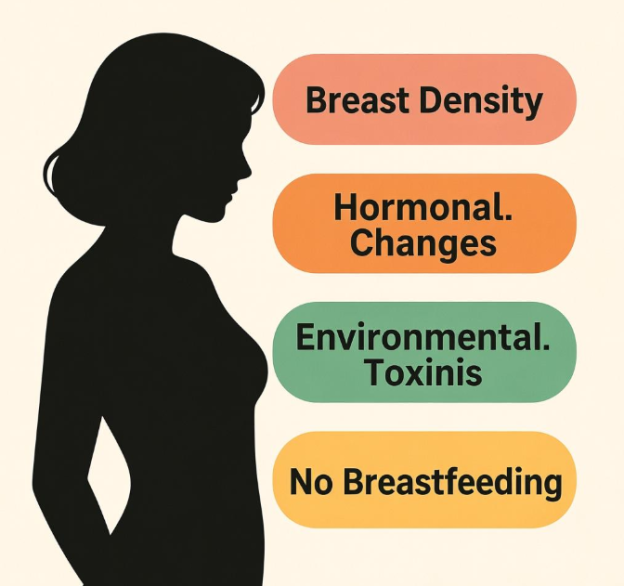Gynecomastia is simply the growth of true breast gland in males. It usually shows up as a firm, rubbery button of tissue right under the nipple and can feel tender or even burn when it starts.
The most common notice is a puffy, slightly swollen chest that may look like a small breast mound. One side often appears first, but both breasts can enlarge over time. The area is usually tender to touch or when clothing rubs, similar to the soreness teenage girls feel when their breasts bud. In some men the tissue stays coin-sized; in others it widens and gives the chest a fuller, feminine contour.
Pain is typically mild and comes and goes, but the swelling can ache after exercise or if pressed for a long time. Nipple changes are minor—there may be mild protrusion or a little more sensitivity, but the skin stays normal and there is no discharge.
Gynecomastia does not cause the hard, fixed lumps of male breast cancer; cancer usually sits off-center, feels rock-hard, and may dimple the skin or create nipple sores. If you notice firm tissue that keeps growing, feels hard as a walnut, or comes with skin dimpling, see a doctor promptly.
Most cases settle on their own or shrink once the trigger—weight gain, medicines, or hormone shifts—is removed. For persistent swelling, liposuction or a small gland removal gives a flat chest again.
| Symptom | What gynecomastia feels like |
|---|---|
| Chest swelling | Firm, rubbery disc under nipple; one or both sides |
| Tenderness | Achy or burning, especially when touched or rubbed |
| Appearance | Puffy, rounded chest; nipple may stick out slightly |
| Pain pattern | Mild, comes and goes; worse with pressure or exercise |
| Red flags (not gynecomastia) | Hard off-center lump, skin dimpling, nipple sores, bloody discharge |
